
was born on December 10, 1870 in the village of Bogdanow near Oszmania powiat (now Volozhinsky district, Minsk region), Belarus.
1870 - 1936
Ferdynand Ruszczyc
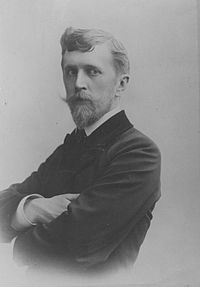
description
A Belarusian and Polish landscape painter, graphic artist and designer, theater designer and book illustrator, as well as a publicist.
Being a talented teacher, he was a professor at the School of Fine Arts in Warsaw and at the Krakow Academy of Arts. He was a member of the Committee for the Restoration of the Vilnius University, a chairman of the commission for the protection of historical monuments, a member of the Art Association and a member of the “Sztuka” society (“Art”), which was organized by Polish artists of modernist orientation. He was awarded the Order of the Legion of Honor (1921, France).
A gymnasium in Lithuania and one of the streets of Minsk are named after Ferdinand Ruszczyc.
Key ideas:
– F. Ruszczyc created works (mainly landscapes) in the manner and style of Romantic Symbolism. In paintings, along with exceptional pictorial power and dynamic brushstroke, the author appreciated live, vividly optimistic and all-conquering idea of renewal. He exquisitely expressed it in his “Spring”. Laconic names – “Earth”, “Peace”, “Cloud”, etc. were chosen by the master not by chance, giving the viewer a chance to make his own points when contemplating paintings with vast open spaces and minimal details. This technique allowed the artist to create paintings, characterized as monumental. At the same time, a rather dark palette does not decrease the philosophical optimism of the author even in dramatic scenes (“Emigrants”) and at the same time adds deep epic-symbolist meanings to the works.
– Creating illustrations and book covers (designed over fifty), sketches of posters, F. Ruszczyc demonstrates his masterly painting skill. In these works, often full of details, each element has its own philosophical sense and encourages an attentive viewer to think.
– As a decorator, the artist co-authored the visuals in theatrical productions based on the plays of Juliusz Slowacki (Balladina, 1914), Stanislaw Wyspianski (November Night, 1930), etc. As an outstanding writer, he staged such dramatic works as Pierre Corneille’s “Cid” (Vilnius Theater, 1924) and wrote articles on ancient monuments.
1870
1883 - 1890
1890 - 1897
1897
1899 - 1900
1902 - 1902
1904 - 1907
1907 - 1914
1918 - 1921
1935
1936
The birth of the artist
He studied at the Minsk classical gymnasium
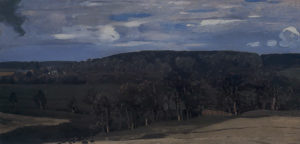
Enrolled in the law faculty of St. Petersburg University
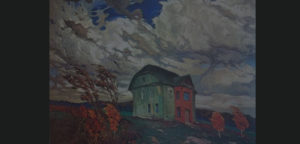
He made his debut at the exhibition at the Academy of Arts
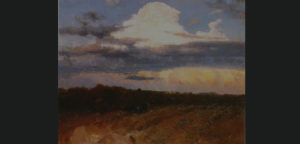
The first exhibition
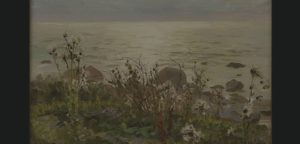
Participated in the exposition in Moscow
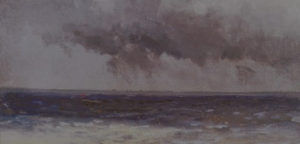
Taught painting in Warsaw
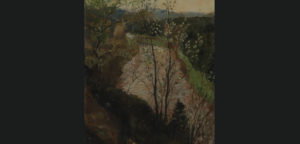
He worked as a professor at the Academy of Fine Arts in Krakow

Participated in the foundation of the University of Stefan Batory

He received the title of honorary professor at the University of Stefan Batory
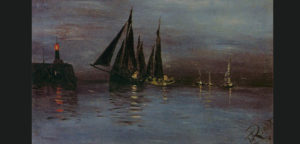
The death of the artist
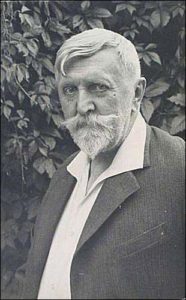
1937 – A large memorial exhibition of works by Ferdinand Ruszczyc was held in Vilnius in October 1937; it was later exhibited in Warsaw and Krakow.
